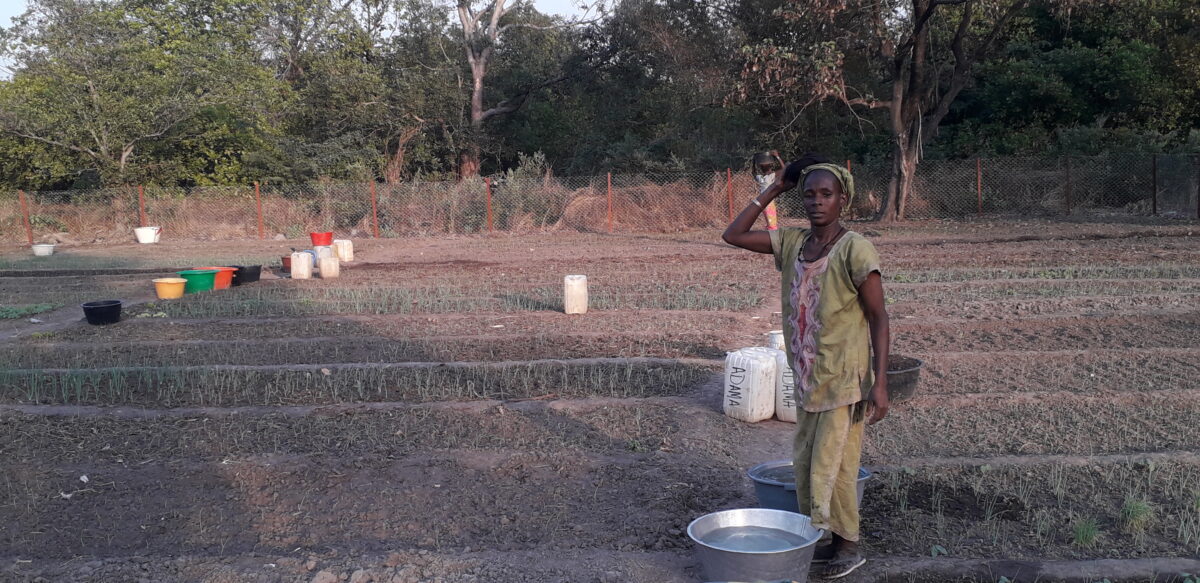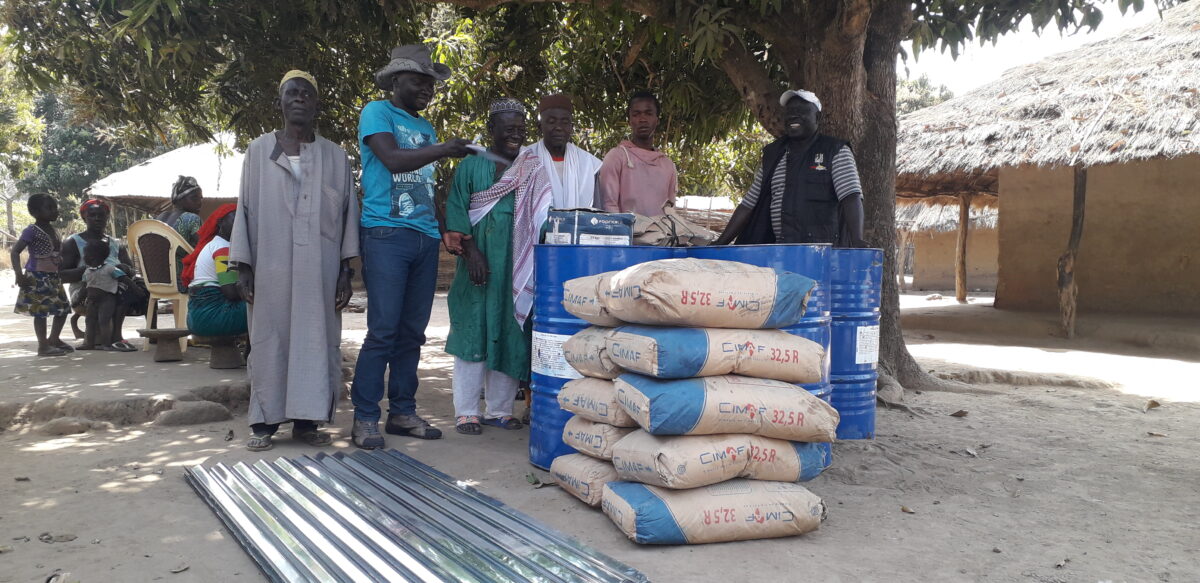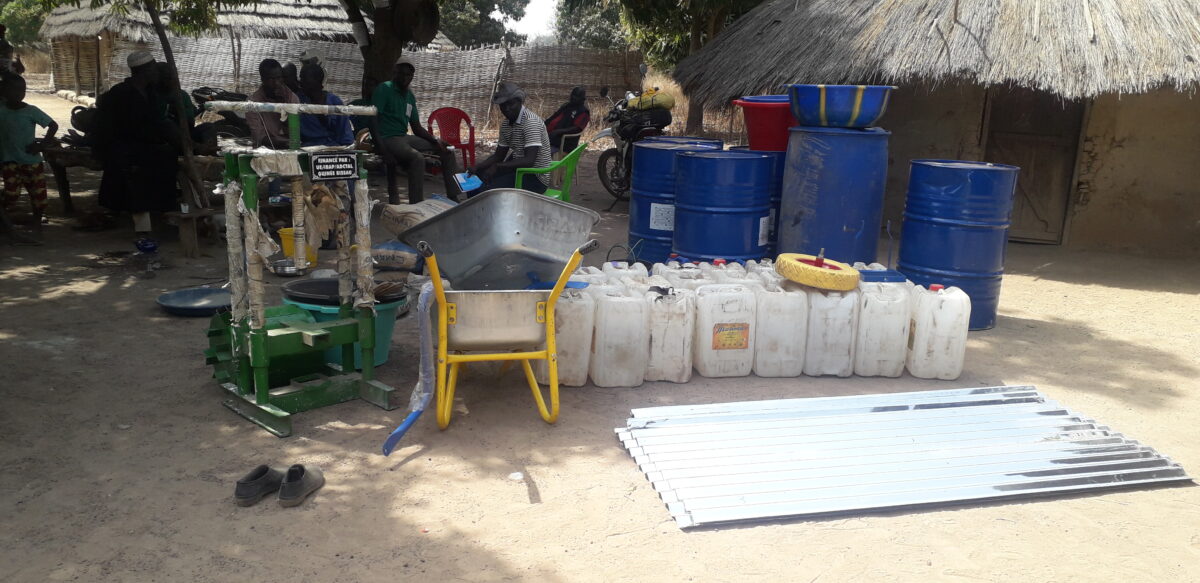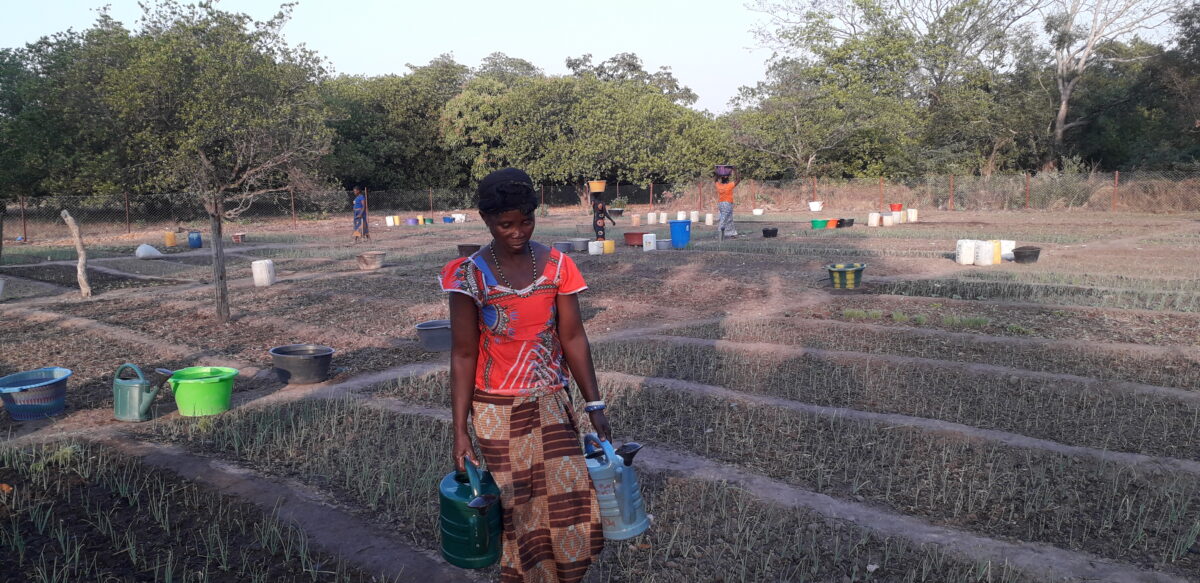Boé National Park lies along the banks of the Corubal and Féfine rivers. The park was established in 2017 and covers an area of 1 050 km2. It is known for its unique landscapes of hills, temporary lagoons (“wendos”), and diverse plant communities ranging from herbaceous savanna shrubs and trees on stony soils, to gallery forests in the valleys and on the banks of numerous temporary or permanent rivers. The Boé area includes zones without vegetation on the hill tops, and dense vegetation on the slopes and in the valleys.
Key species include some long-distance migrators like, Roan antelopes, waterbucks and buffalo as well as predators like leopards and hyenas. The PNB is also considered a priority and critical area for the conservation of the primates including western chimpanzees (Pan troglodytes verus), baboons, vervets, patas, colobus monkeys and even prosimains (bush babies).
The Western Chimpanzee or West African Chimpanzee (Pan troglodytes verus) is one of the four most endangered subspecies of chimpanzees. The Western Chimpanzee was declared extinct in Guinea-Bissau in 1988, due to lack of information about its status. However, years later, surveys registered that populations of the Western Chimpanzee continued to inhabit in the country’s territory (Gippoliti et al. 2003). Their presence is recorded throughout the Boé National Park, with an estimated population of 710 individuals (Hoogveld, 2013).




